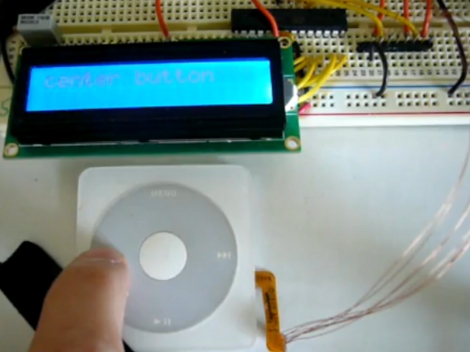
The headphone remote for the third generation iPod shuffle has a special chip that identifies it to the iPod itself. [David Carne] posted an in-depth report about the process he used to reverse engineering that protocol. He’s discovered that the remote uses a peculiar signal to identify it as authentic when the device powers up. We’ve talked about Apple’s use of peripheral authorization before and it seems this is no different. [David] did manage to emulate the authentication using an ATmega88. If you’ve got a shuffle 3G sitting around this info will allow you to operate it with a microcontroller in your next project.















